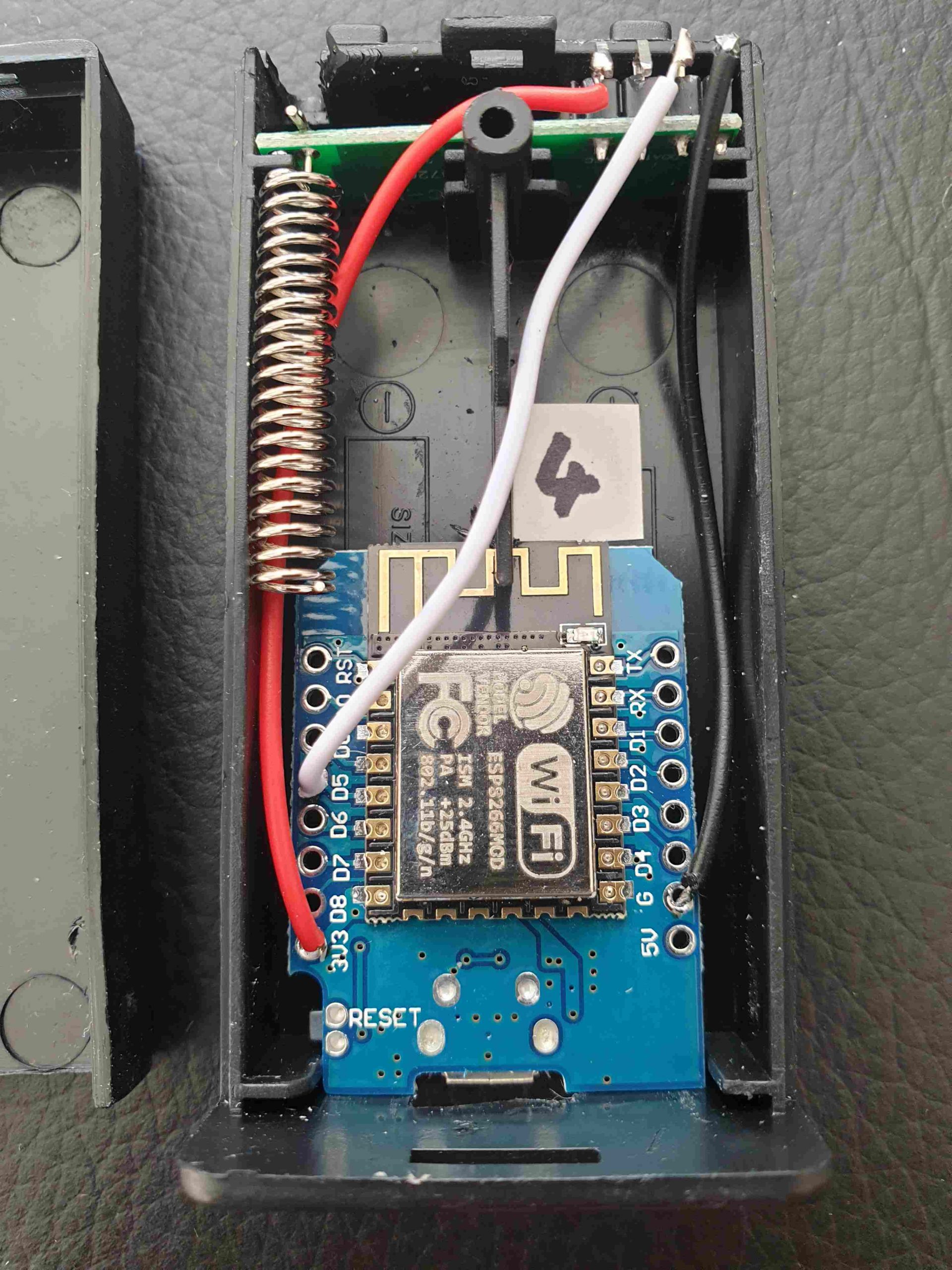If you are thinking nice snacks and drinks I’m sorry to disappoint: not entertainment, but radio signals sent from sensor to hub. Not every temperature and humidity reading will make it to the hub, for onward journey to ‘the cloud’, if there are obstacles or a fair distance to travel. So how can we pamper radio waves ?
The frequency we use is 433MHz which is one of the few legal frequencies for unlicensed transmissions. This is much lower than WiFi which is 2.4GHz but that’s fortunate as walls are less visible to the lower frequency. However water will still block them and bodies contain a lot of water so it’s better if the sensor can be sited where the path to the hub is not filled with people. The ground also contains moisture so earth will block the signal. Even being close to the ground has an effect so higher is better than lower.
In addition to restricting frequencies, the law limits the transmission power which limits the range, but in open space these devices can communicate across 30 metres or more if their aerials are aligned, as they are slightly directional. We have three types of aerial but the same applies to all of them – the signal is weak in the direction of the coil or wire, hence they work better if they both point in the same direction as in the photograph. The maximum signal is at right angles to the coil or wire. In the black hubs the aerials all point along the box. With the sensor you will see the aerial when you insert batteries but the box should have a line on the outside representing the aerial direction and if it’s the wire aerial then it’s obvious.


Although there won’t be any interference with and from WiFi, the same may not apply to household appliances like vacuum cleaners (which should have suppressors in them), so setting up the devices may be better carried out when cleaners or builders are absent.
The transmitters are designed to work on 3.3 volts but the Lithium batteries we use will spend much of their lives below this, eventually reaching 2.9v and reducing signal strength. Therefore an increase in lost data points could be a clue to the battery state.
Worth mentioning here are alternative ways of powering the Hub. A USB port, for example on a computer, will supply sufficient power to run it and may be less likely to be unplugged. I’ve heard that some routers also have USB ports. Mine doesn’t so I can’t advise on this but I’d expect it to work although being so close to the router might affect the transmissions. You might wonder if a power bank will work and the answer is yes and no ! Yes it will supply the power, and no it won’t last a week.
